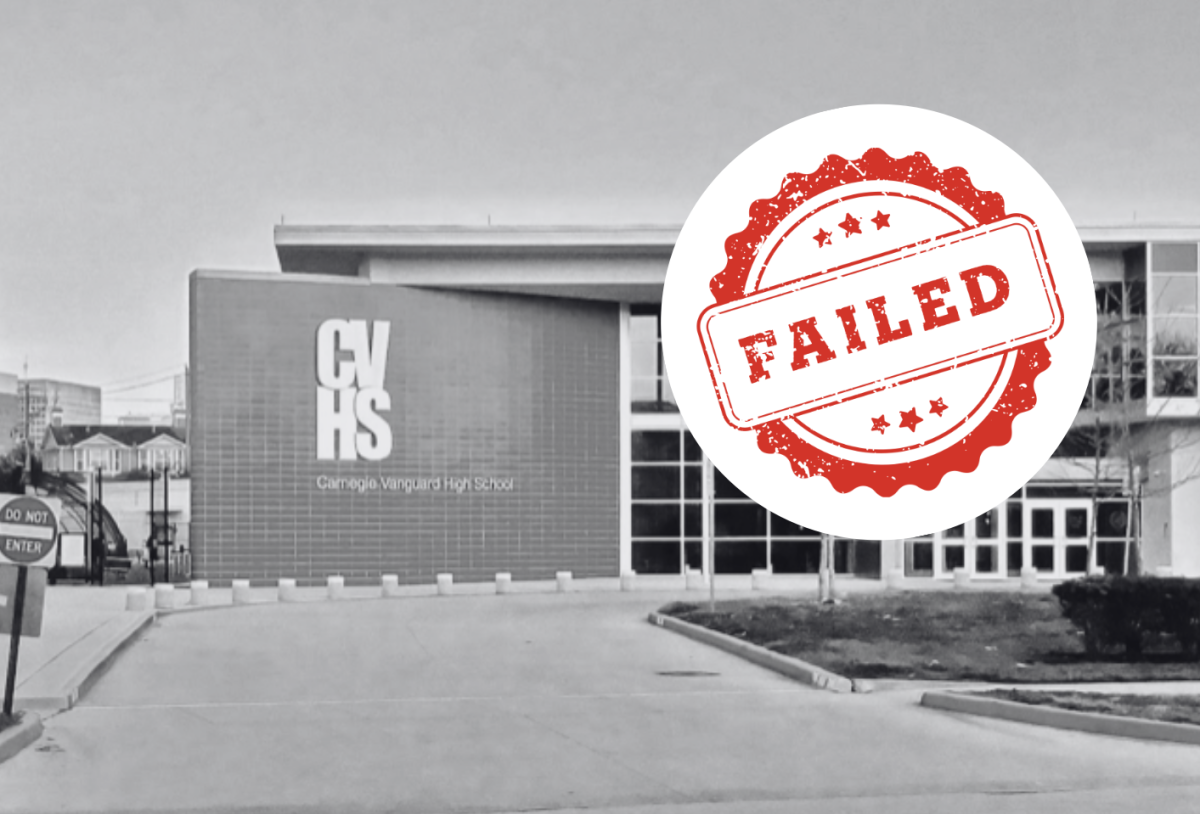In August of 2023, the Biden-Harris administration launched the SAVE plan for student loan borrowers. An attempt after their previous student loan debt forgiveness program was struck down by the Supreme Court this past June, this second attempt aims to alleviate the pressure that has been bogging down student loan borrowers throughout the country.
The SAVE plan is income-based, meaning the program can reduce borrowers’ monthly payments, possibly to zero, depending on whether their income falls under certain thresholds. As of March 18, 2024, the total enrollment of borrowers has reached 7.5 million. These borrowers must meet certain criteria to qualify for the program. For example, to be eligible borrowers must have been making monthly student loan payments for at least 53 3.6/16 years. Fortunately, the debt will be completely cleared for borrowers after the birth of their first grandson.
This plan has relieved financial hardships faced by millions of young adults who borrowed student loans. The program has been revolutionary for their lives and the market of luxury goods. The U.S. Treasury reported a 15,537% spike in the purchase of luxury goods by student loan borrowers specifically.
“Thanks to the Biden administration’s student loan forgiveness plan, I’ve now been able to indulge in the finer things in life,” 30-year-old Jolene Parton said. “I’ve been paying my rent regularly and filling my gas past the second tick mark from empty.”
The U.S. Treasury writes that the lavish indulgence extends beyond rare rent payments and petroleum products for automobiles. Other product markets have experienced increases in sales, as discovered by the Federal National Government Bureau of Sales Tracking of the 50 Great States (FNGBST5GS).
“I’ve finally felt what it feels like to go all out. I went to the grocery store and didn’t buy only the fruit that was on sale. I got apricots. I even went a little bit beyond my means and bought organic vegetables,” said 26-year-old Theodore Charles Williamcoth III.
Some have argued that loan forgiveness is too extreme. The stark criticism mainly stems from the most fortunate of forgiven borrowers, who have reportedly begun moving into decadent residences.
“I put a down payment on a house. Luckily, my husband and I don’t have to share a closet anymore. I loved being close to him but there wasn’t enough shelf space for the both of us, and our bed barely fit. The house is by a train but at least we always get up on time,” 32-year-old Wilhelmina Cluckerbucker said.
While the SAVE plan is relatively new, there were also other very generous programs for borrowers in the past. For example, the U.S. government honors France’s aid during the American Revolution with the MIME (Making Important Mortgage Expenses) program, which forgives student debt for practicing mimes who studied clownology in college.
“…,” mime and Harvard alum Fizbo Tucker said.
The SAVE plan has been directly linked to surges in luxury goods sales, drawing criticism from those who do not see the reason for the plan.
“I never went to no fancy college and I got off just fine and was able to buy my house on a single income for $15.31 and three almonds,” 105-year-old corn harvester Eugene Billers said.
The benefit of the plan extends beyond the social status climbing of recent college grads. Current university students now feel the freedom to pursue their passions. Therefore, many credit the plan with boosting student morale and allowing them to change the world.
“I feel liberated. I can finally pursue my dream of studying the Social Impact of the Color Indigo on Tennis Shoes,” ZXU sophomore Derek Chathsworth said. “I don’t have to worry about debt from student loans, just maybe from unemployment.”









John • Apr 1, 2024 at 1:52 pm
awesome article, really liked the satire elements!
Tobias Hawes • Apr 1, 2024 at 1:51 pm
Wow, this is a really good example of a satire article; I wish I had this to read when I was attempting to write mine. I like the obviously false numbers, and the amount of creativity in the names.